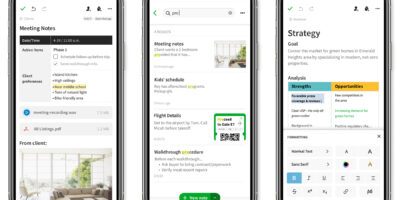Android users have been used to getting applications and updates after iOS versions have been released and tweaked, but is this really the best path to take in the current era? The numbers say no.
Take a look at the company behind the popular Snapchat app, Snap. Their third quarter financial results came back less than stellar, with only 4.5 million new members registering accounts during that time period. After the report was released, Snap announced that they want to do a complete overhaul of the user interface to encourage more people to download and use it. An overlooked but important takeaway from the report is that the CEO, Evan Spiegel, admitted that the company neglected to focus on adoption by Android users.
It’s no secret that the Android version of the app didn’t get nearly as much attention as the iOS version. Users had to wait weeks to get the very same features introduced on the iOS version first. Spiegel noted that for the near year, Snapchat would be creating an entirely new Android version to attract new users. They’ve already noticed a change in September as a focus on improving performance led to a significant boost in new Android users than iOS users.
Other companies can learn from Snapchat’s shortcomings. Companies that focus on iOS and treat Android users as second-class citizens in the mobile world are doing themselves a disservice. Many apps have been recently released first to iOS users before a larger rollout to Android devices at a later date.
The primary selling point for iOS is that there are only a few models of the devices, making them easier to design apps for. Over 211 million iPhones were sold in 2016 alone, but the competition is there. Hundreds of millions of smartphones running Android are used worldwide. Companies that shut these users out are doing a disservice to everyone. In virtually every country, according to Kantar Worldpanel data, Android holds a larger share than iOS devices. The numbers are there and users have spoken. This is in large part to the lower cost of Android devices compared to iPhones and iPads.
The introduction of third party tools to make porting apps over and the surge in the number of people using Android cannot be ignored. The message is clear that developers need to focus on both Android and iOS if they aim to be successful in the app market.


